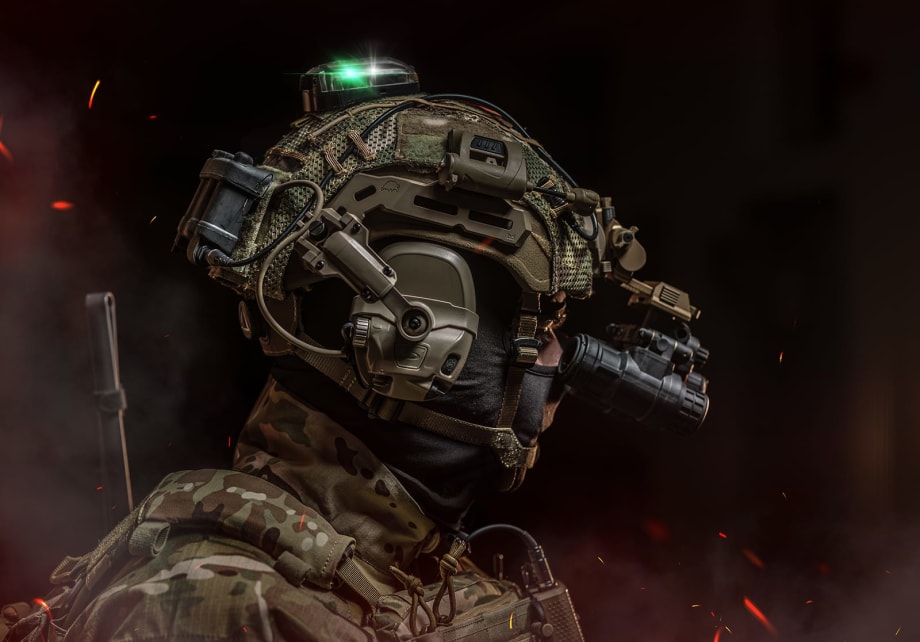Industry-Sponsored Research & Data
One article by MKU (mku.com) on BHBT warns that a non-penetrating bullet can deform the helmet, transmitting forces or shock waves to the brain. The article notes that BHBT can result in skull fracture, hematoma, concussion, and diffuse axonal injury, and may range from skin lacerations to brain damage and skull fracture. It explains that differential motion of the brain against the skull causes tissue contusions, vascular tears and hemorrhages, while acceleration–deceleration injuries lead to axonal injury; these injuries have been associated with TBI.
An infographic from Hard Head Veterans (hardheadveterans.com), which offers a UHMWPE-forward helmet, summarizes the 2015 PMHS study and notes that 57% of non-penetrating ballistic impacts resulted in skull fractures, and four of seven specimens showed definitive evidence of skull fracture on dissection. The graphic illustrates that impact velocity correlates with fracture likelihood, and that high velocity impacts always caused fractures. It also identifies diagnostic challenges—radiology sometimes failed to detect fractures that were found during dissection. The article highlights a design conundrum: as helmets get lighter to reduce soldier burden, they may need to deform more to stop a projectile, increasing BHBT risk. Source: hardheadveterans.com & Rafaels et al., 2015.
Why the “BFD Doesn’t Matter” Narrative Is Misleading & Dangerous
1. Lack of context: In the Police Magazine article, the author emphasizes that major police departments report no officer deaths due to BFD. Deaths are a crude endpoint; research shows that skull fractures and TBIs often occur without fatalities and can have life-changing consequences. The 2015 PMHS study and subsequent modelling work show that BHBT can cause skull fractures, concussions, and diffuse axonal injury without penetration. Source: researchgate.net & ncbi.nlm.nih.gov.
2. Cherry picking metrics: The article posits that penetration and V50 (the velocity at which 50% of bullets penetrate the shell) should be the only metric for an effective helmet. While penetration is of course critical, it is not sufficient as a standalone metric. Effective ballistic helmets are not a catcher’s mitt for bullets—they must effectively transfer the energy away from the wearer’s head. Large deformations can still injure the user, even without penetration. Focusing exclusively on V50 ignores the tradeoff between penetration resistance and BFD, and dodges the critical question about how energy is properly transferred (core.ac.uk).
3. False comparison: The article suggests that minor dents are simply cosmetic, and that a 0.7-inch dent is a win if it stops the bullet. In the case of a rifle-resistant helmet, there may be truth to this statement. But on the whole, research contradicts it. Even moderate BFD can cause fractures and brain injuries, often resulting in a severely reduced quality of life (core.ac.uk). The NIJ provides explicit guidance on BFD allowances for this reason.












